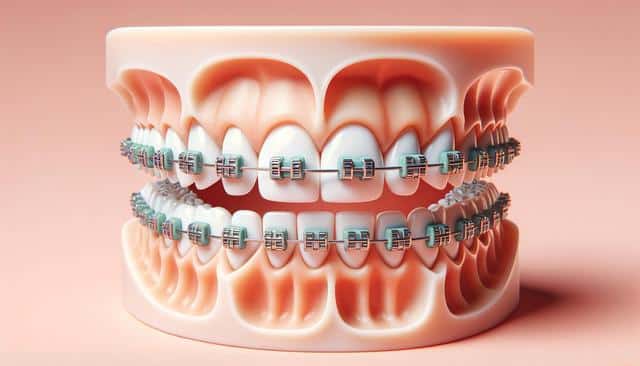
Discover Your Smile’s Potential: A Comprehensive Guide to Choosing Dental Braces at Any Age
Understanding Dental Braces: A Timeless Solution
Dental braces have been a renowned method for achieving beautifully aligned teeth for decades. They serve not just children and teens but adults as well, providing a versatile solution for those seeking to enhance their smiles. Braces work by applying continuous pressure over time to slowly move teeth in a specific direction. As your teeth move, the bone changes shape to accommodate their new position. Whether you’re looking to correct misalignment, overbite, or gaps, braces offer a highly effective approach. It’s important to understand the different types of braces available to make an informed choice that aligns with your dental needs and lifestyle.
Exploring the Types of Dental Braces
When it comes to choosing dental braces, there are several options, each with unique features and benefits. The traditional metal braces are the most common and are often highly regarded for their durability and efficacy. Ceramic braces, on the other hand, are less noticeable and blend more with the natural color of your teeth, providing a more aesthetically pleasing option. Lingual braces are another alternative, positioned on the inner side of the teeth, making them invisibly appealing. Lastly, clear aligners represent a modern advancement in orthodontics, offering a removable and discreet way to straighten teeth. Consider factors like budget, visibility, comfort, and treatment duration when selecting the type of braces that will best suit you.
The Age Factor in Choosing Braces
While braces are often associated with teenagers, they are suitable for all ages. The decision to pursue braces as an adult can be influenced by various factors such as dental health, aesthetics, and personal goals. Adults typically opt for braces to improve alignment issues that were not addressed in their youth or have developed over time. Pediatric orthodontics usually begins around the age of seven, allowing early intervention to guide the growth of the jaw and incoming teeth. No matter your age, it’s never too late to explore the potential of a straighter smile.
Assessing Your Lifestyle Needs
Choosing braces is not only about correcting dental issues but also about fitting seamlessly into your lifestyle. Active adults who engage in contact sports might prefer removable options like clear aligners to minimize injury risks. Professionals might choose less visible options like ceramic or lingual braces to maintain a professional appearance. Consider your daily activities, dietary habits, and personal preferences when selecting the type of braces. A thorough consultation with your orthodontist can provide valuable insights into which option aligns best with your lifestyle.
Steps to Begin Your Orthodontic Journey
Embarking on the journey to a better smile begins with a consultation with a qualified orthodontist. Here, you’ll discuss your dental history, and goals, and undergo a thorough examination. Expect the following during your initial visit:
- A comprehensive oral examination and assessment of dental history
- Impressions and X-rays to understand the structure of your teeth and jaw
- Discussion of treatment options, costs, and estimated duration
Once you have all the information, you can make a well-informed decision about which type of braces to choose. Remember, the goal is not only to enhance your smile but also to ensure oral health and comfort throughout the process.
Conclusion: Embrace the Change
Choosing dental braces is a significant step toward achieving the smile you’ve always wanted. With numerous options available, it’s essential to consider factors like age, lifestyle, and personal preferences to find the right match. By understanding your needs and consulting with a dental professional, you can embark on a rewarding journey to discover the full potential of your smile, enhancing both your appearance and confidence at any age.